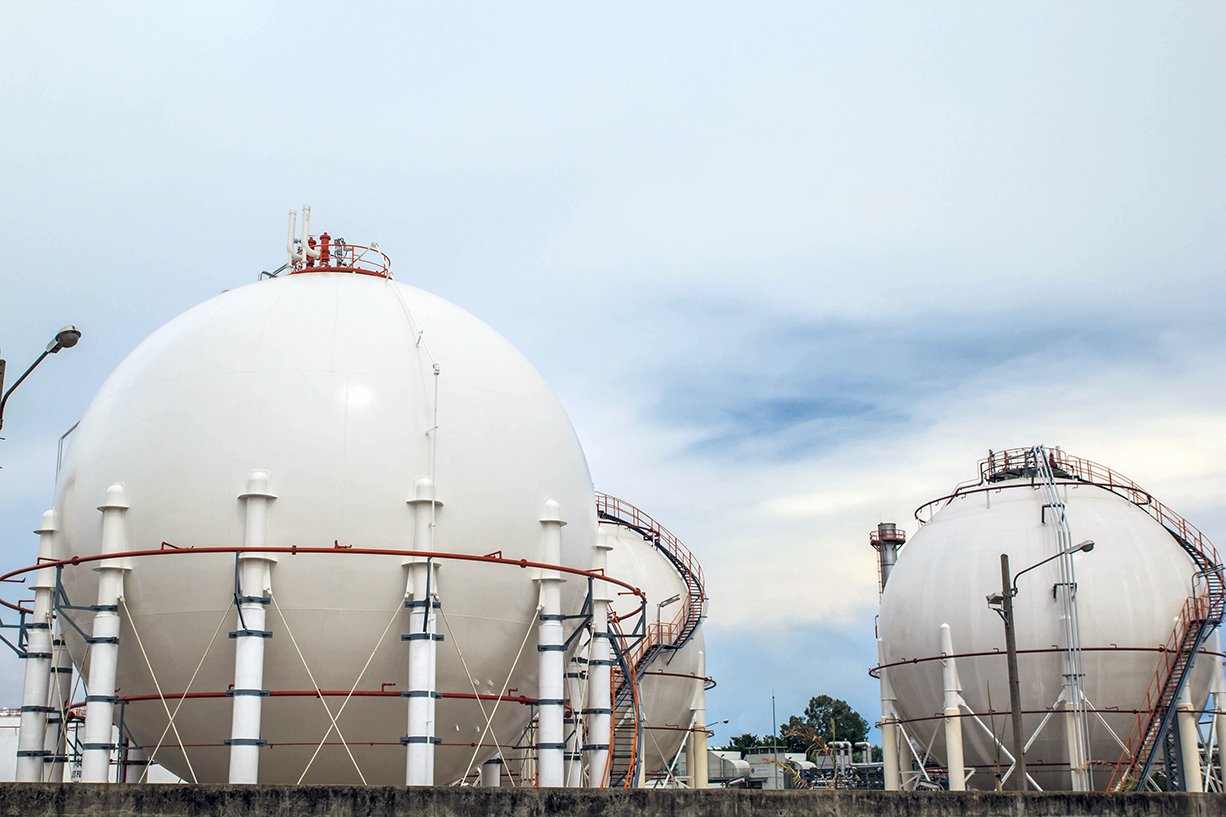Robust guided radar sensors ensure clear signals for LNG
Compared to pipeline gas, liquefied gases such as LNG or LPG can be transported much more flexibly and often have a higher commercial value. A good example of this can be found in the Russian Portovaya Bay, the starting point of the Nord Stream Pipeline, where natural gas will be processed and loaded directly onto ships in cryogenic liquid form. Once the new natural gas liquefaction plant is completed, guided radar sensors from VEGA will make a significant contribution to safe and efficient production there.
LNG is the big trend: Linde is building a medium-sized natural gas liquefaction plant with a capacity of 1.5 million tonnes of LNG near the Russian Baltic Sea town of Portovaya.
VEGAFLEX 81 and VEGASWING 66 in a tailor-made measuring concept
Well packed and ready to travel: guided radar sensors of type VEGAFLEX 86 and vibrating level switches of type VEGASWING 66 awaiting transport to the LNG construction site in the Russian Baltic Sea bay of Portovaya.
Extreme process conditions in all phases of LNG production
Guided radar sensors of type VEGAFLEX 86 measure robustly and independently of the medium. This makes them suitable for almost all substances and measuring tasks in the LNG process and increases the degree of standardization.
Consistently high quality is essential for LNG processes which means – no compromises. Efficiency and plant availability, which are significantly improved through standardization in all areas of the plant, including instrumentation, guarantee high quality and a real cost advantage. Guided radar sensors are especially suitable here, as they can reliably withstand extreme pressure and temperature conditions. And vibrating level switches, with their compact design and millimetre accuracy, are also just the thing for many applications in the LNG plant.
💡 Radar vs. Guided Radar (TDR) – What are the differences between the two measuring methods?
We need your consentThis content is provided by an external provider. If you activate the content, personal data may be processed and cookies set.
Related products
Related industries

Oil and gas offshore
Related articles

VEGAPULS 64 radar level sensor proves its prowess in the LNG/LPG process chain
Read moreExport this article
Download as PDFShare this article
Comments ({{comments.length}})
{{getCommentAuthor(comment, "Anonymous")}} {{comment.timestamp | date : "dd.MM.yyyy HH:mm" }}
{{comment.comment}}









